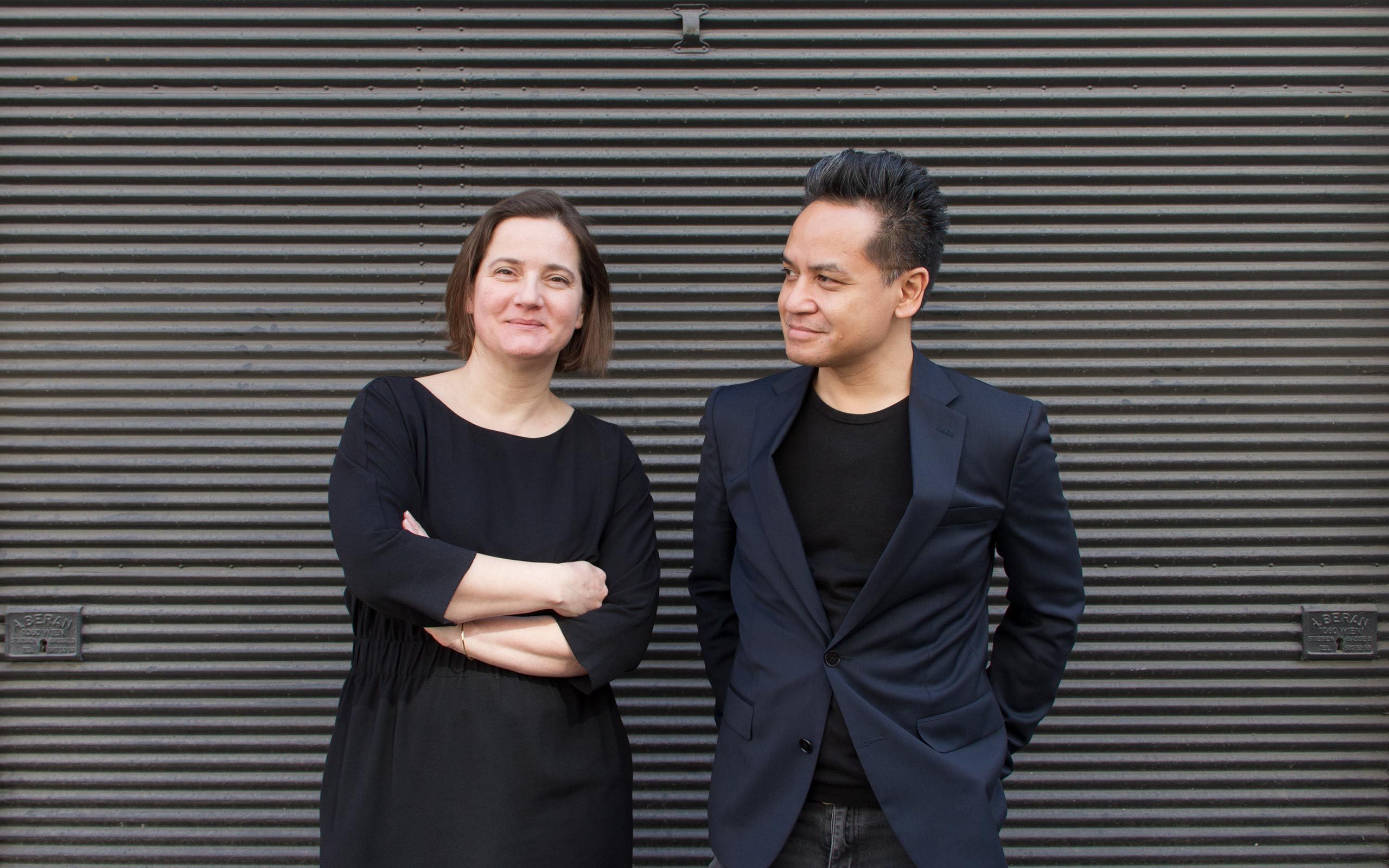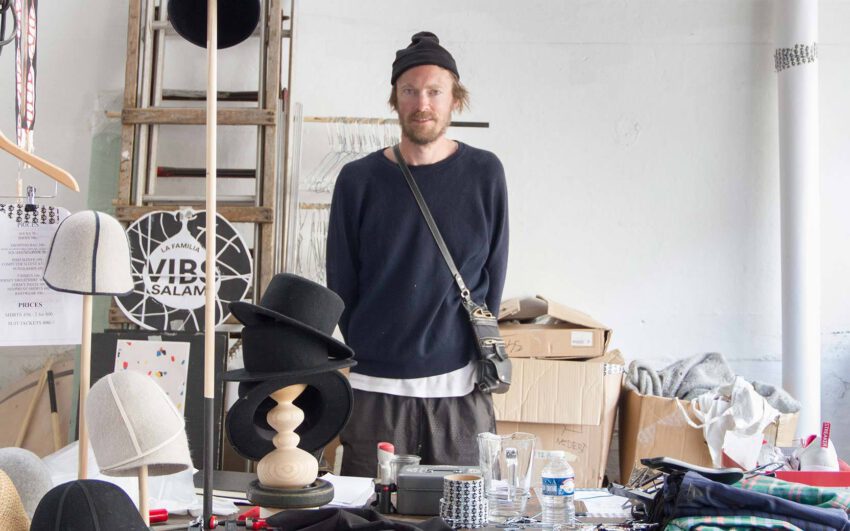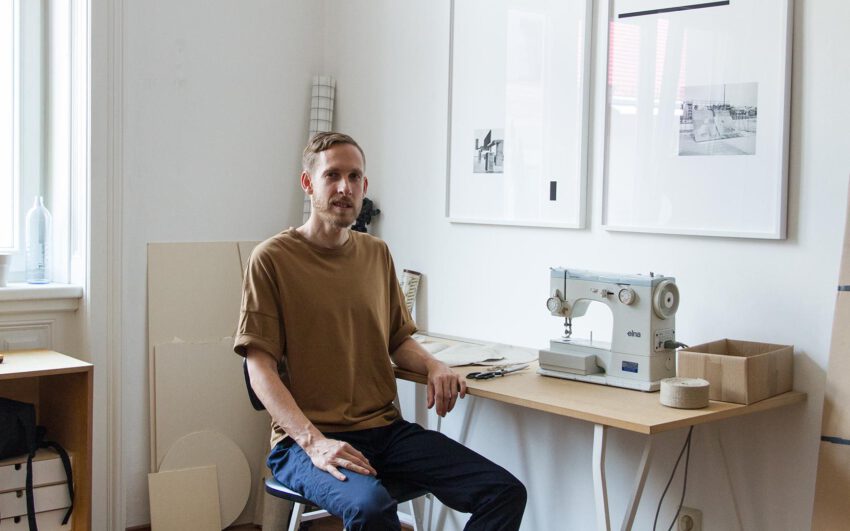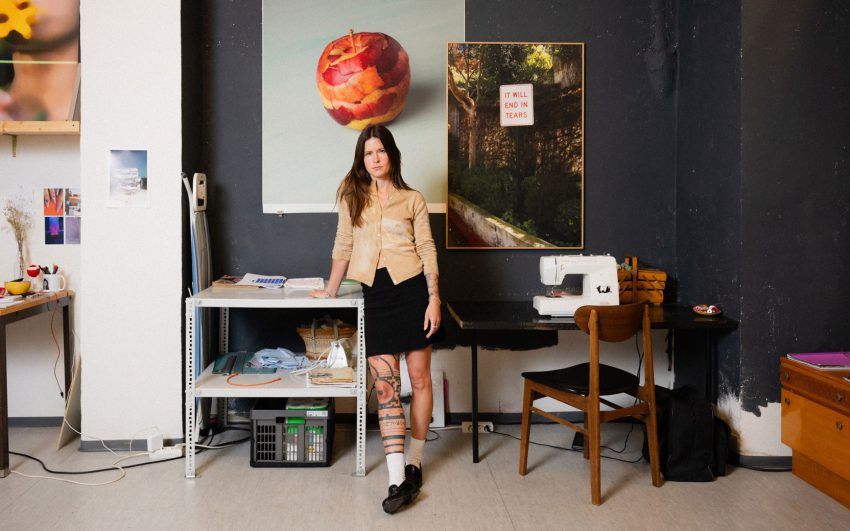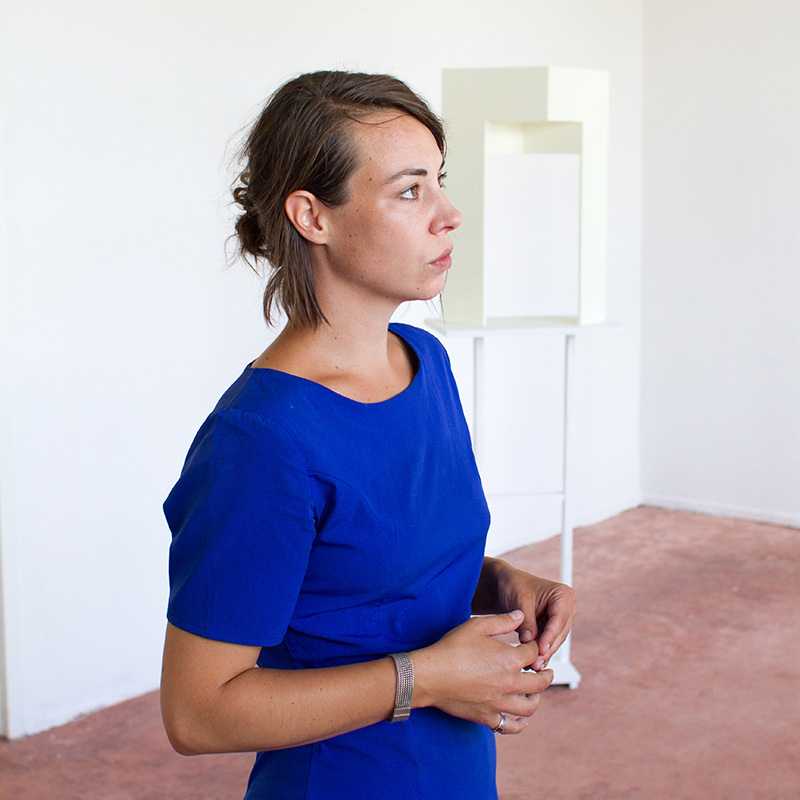For more than seventeen years, Birgit Vollmeier and Yudi Warsosumarto, under the agency label PEACH, have worked strategically and creatively within the gallery scene advising among others famous institutions such as MAK – the Museum of Applied Arts, Vienna. Passion for art is not solely defined through the agency’s services. For some time now, PEACH has run an “art window” in a vitrine in a store in Vienna’s sixth district and has become something of an institution in Vienna’s art and cultural scene. We spoke with Birgit and Yudi about the beginnings of this unusual agency and the deep connection of both founders with the art and cultural scene.
In a relatively short amount of time, it became clear to you both that you wanted to focus on the cultural sector by means of PEACH, how did it come about?
B: We have always understood art as an integral part of our lives. It is both privately and professionally incredibly enriching to deal with and to surround oneself with art.
Y: From 2004 to 2006, commissioned by ORF, we had the opportunity to develop and realize two wonderful campaigns for the Long Night of Music and the Long Night of Museums – two extremely popular cultural events. But we really took off in 2009 with our work for ImPulsTanz, Vienna’s international festival for contemporary dance, who we have worked with for five years.
B: This project’s specific aspect was that it didn’t only concern the event or dance but that we were challenged to study contemporary dance – a thought process that has resulted in its very “own” expression.
Y: For us it has been both a baptism by fire and a starting point; cultural service now has us in its grip!
How do the communicative needs of clients from the cultural sector distinguish themselves from the needs of other clients?
B: Cultural institutions, especially in the arts, are often faced with the challenge on the one hand of always having to provide a projection surface for new art. On the other hand they have to project a clear profile of themselves and to take a position. It takes a great sensitivity to translate the position and character of an art enterprise into forms, colors, and words – that is, to maintain a consistent appearance.
Y: Clients in the cultural sector are often unfamiliar with the requirements made on them by the new media landscape and equally so of the possibilities made available to them. So far there are only a few institutions, both domestically and internationally, who understand how to use social media, for example Facebook and Instagram, efficiently for themselves. Many wonder if it is worthwhile since so often such entities quickly become a thing of the past. Of course, we can’t see into the future, but we can study these questions intensively and in doing so, increase our client’s knowledge and comfort level. A website, for example, must be able to be experienced in such a way as to create an emotional affinity. In the case of a gallery of a museum, the visual supplants the tactile, but must not obscure the art or its contents; this is a balance with which we are faced and with which we resolve with each individual client.
B: Independent of each challenge we try to create in particular a family-like and casual work atmosphere. Clients are not merely a number for us, they are partners with whom we want to work together for a long time. This is the only way to create appreciation and a fruitful dialog on an equal footing.
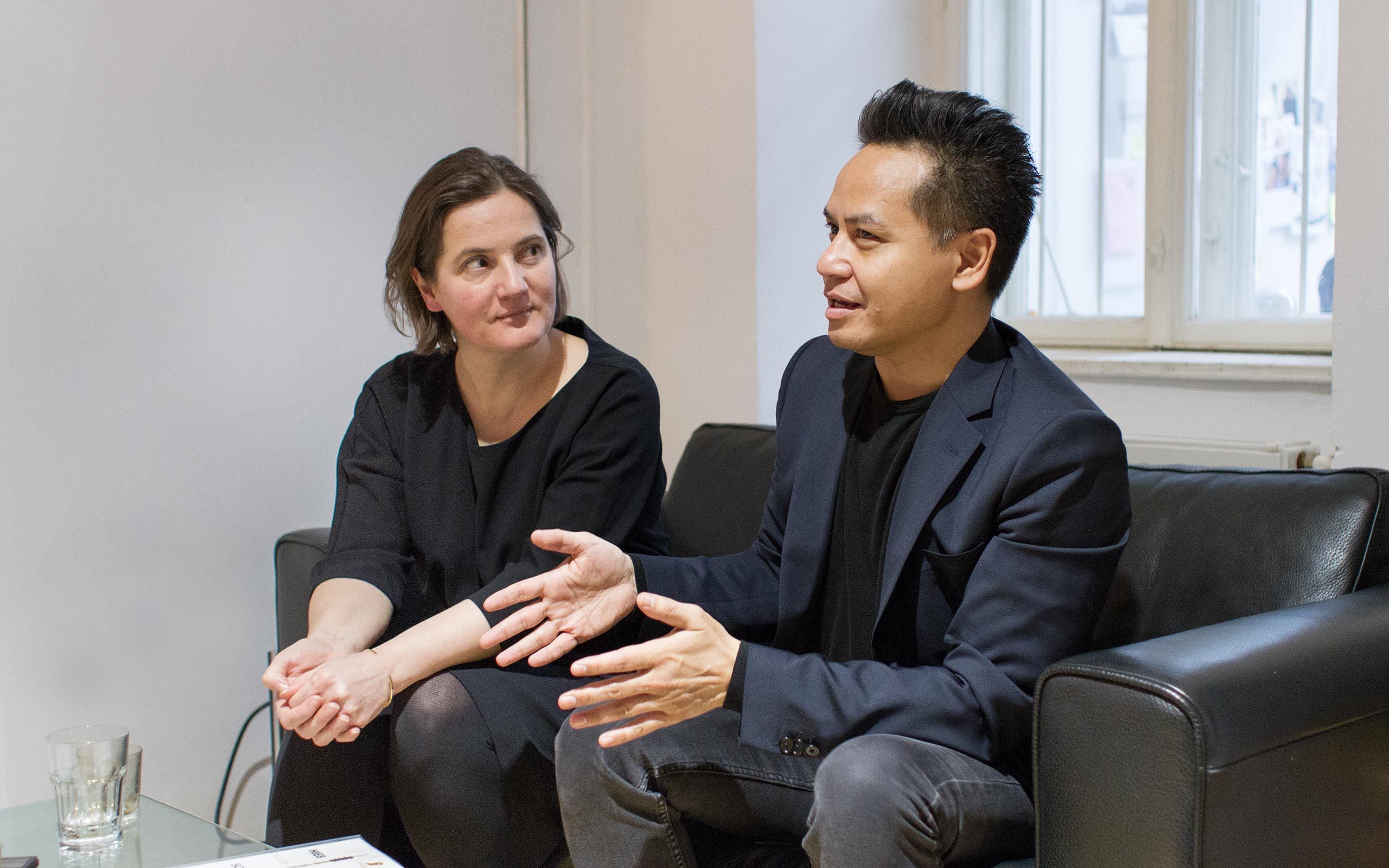
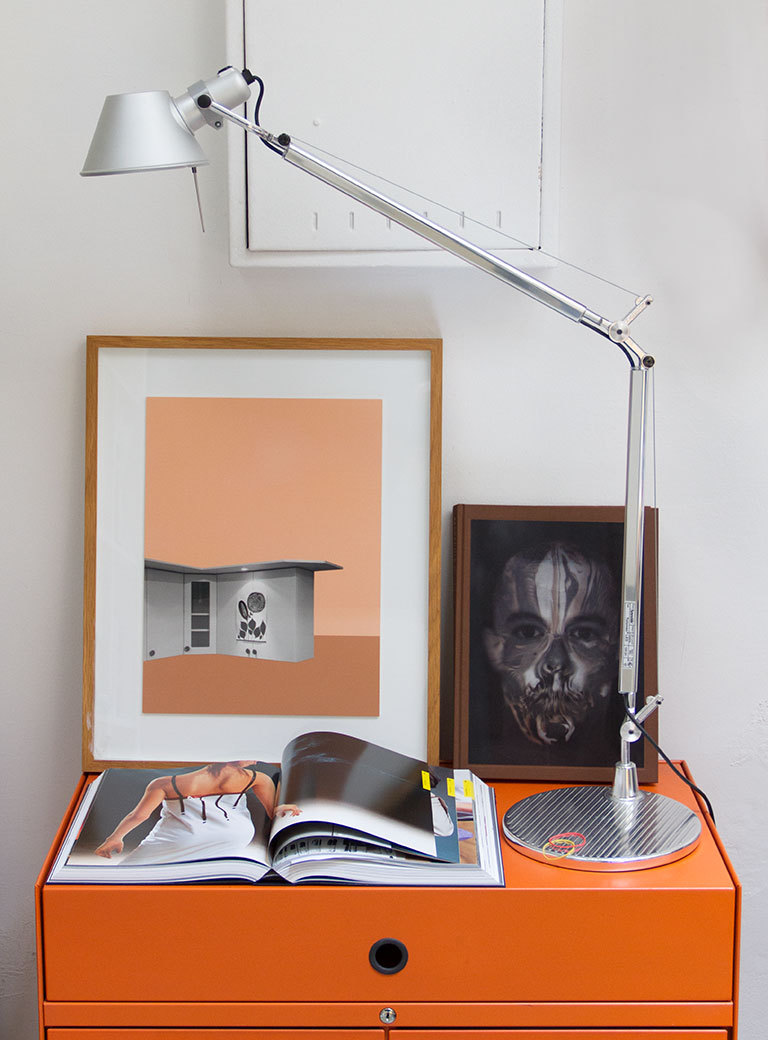
Christian Hutzinger, Untitled (2000)
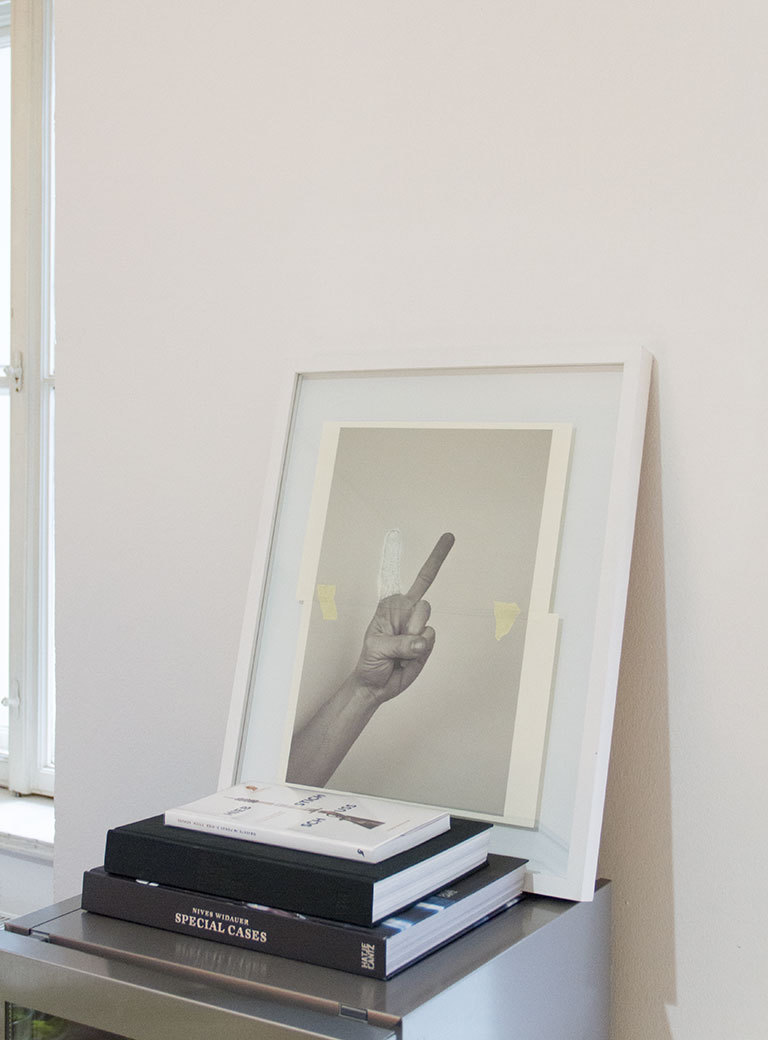
(Collage) Thomas Rhube, Untitled (2016) / Books by PEACH (bottom to top): Nives Widauer, Special Cases (2017) / Clemens Wolf, #1 (2012) / Volkskundemuseum Wien, Hieb Stich Schuss (2014)
Meanwhile, some cooperations have developed a deep relationship of trust as for example Galerie Hubert Winter, what were the particularities in the case of this cooperative effort?
Y: The cooperation with Galerie Hubert Winter was like an initial impulse. Through the trust that Hubert and his gallery invested in us, we could develop and “live out” our creativity. We saw for instance the entire range of digital possibilities. Hubert Winter is a man who despite his many years of experience, which in some may be restrictive, is very open to new concepts. His gallery works with renowned artists like Lawrence Weiner, but also shows work by younger artists, like Sarah Pichlkostner.
B: Hubert Winter is a giant in the Vienna gallery scene. He has achieved a great deal and is highly respected for that. We have his expertise, competency, and progressive thinking given a timely form with a newly designed appearance. In addition to many positive reactions, Hubert Winter’s compliments have pleased us especially, our work has given him new impulses and moved him forward too…
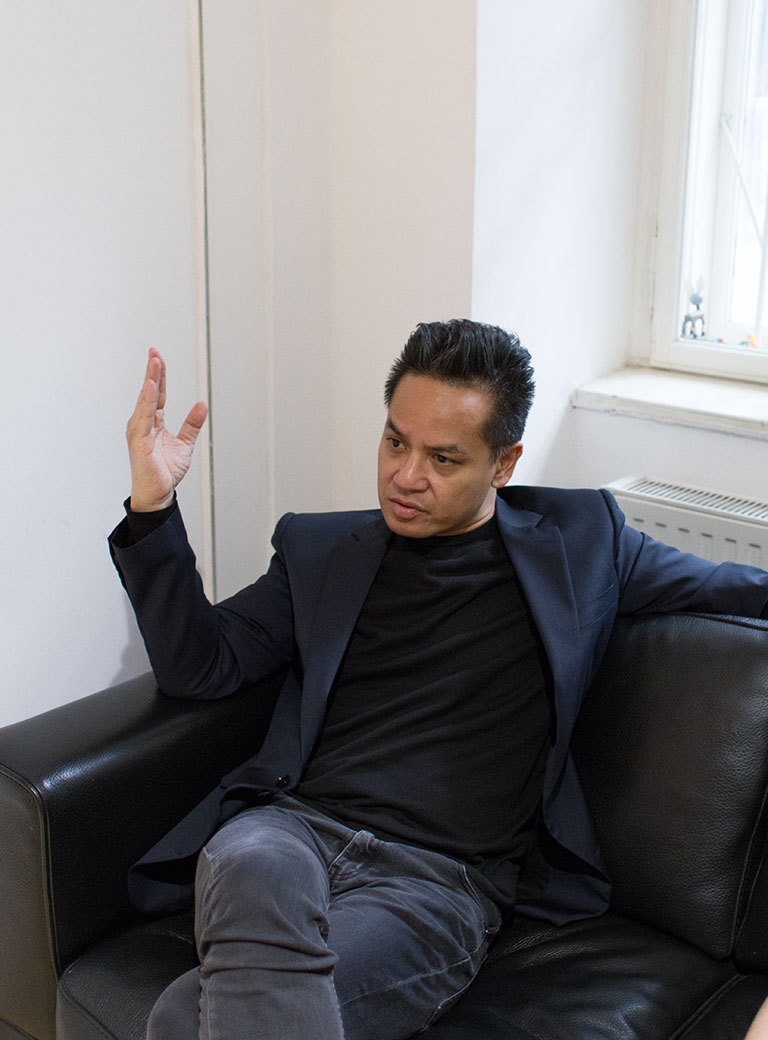
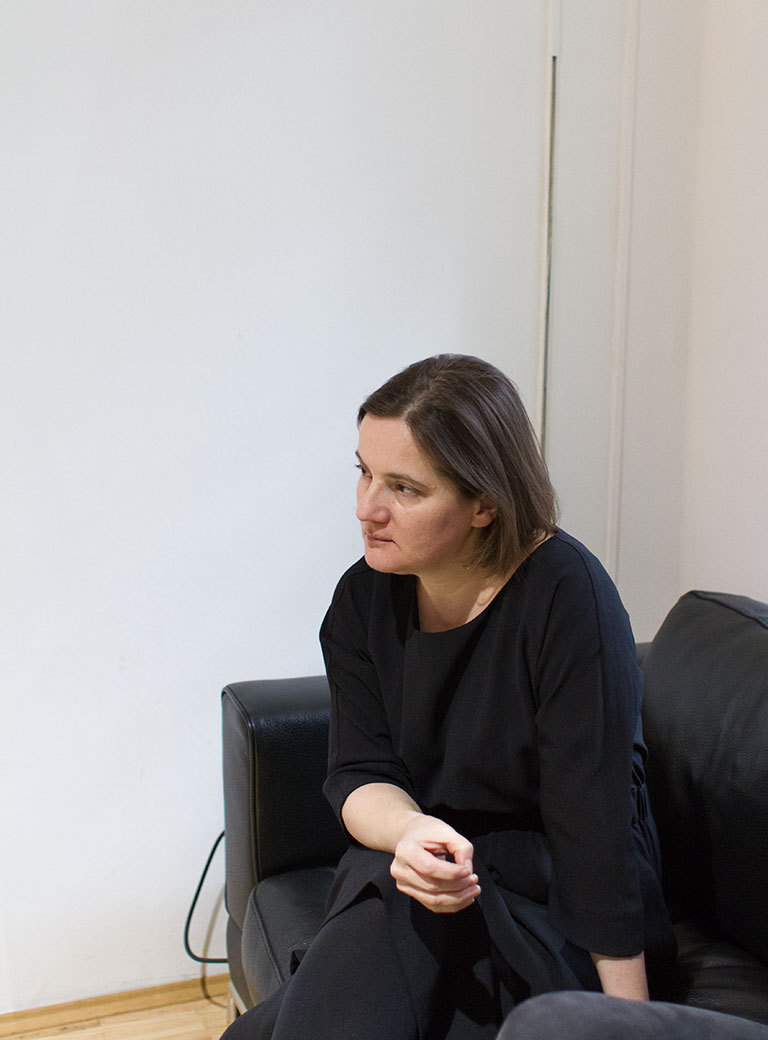
How important is it for you to be surrounded by art?
B: Honestly? I can’t imagine a life without art. (laughs)
Y: We spend a lot of time in the agency where there are probably more artworks than we have at home. But it’s not only for our benefit, it is important to us for those who work there as well as our clients and guests who visit us there.
Would you consider yourselves collectors?
B: No, at least not in the classical sense. We find some works, others find us. Some things result from the close cooperation with artists. We designed a book for Clemens Wolf, and since then we have acquired one of his works. Collecting also has a negative connotation in the sense of hoarding, we don’t identify with that.
At one time you had the idea of using the vitrine in the storefront in which you installed PEACH, as a showcase for art.
B: Yes, we met with so much good art and exciting people who created this art that we had the wish to share this privilege with others. The showcase gives us the opportunity to present artists that we appreciate.
Y: At the same time, the showcase allows the viewer a glance into the soul of PEACH as it were. One gets to know much about us, when one looks. Presently we are showing works by the Viennese artist Ulrich Nausner.
Which other Viennese and international artists do you like especially?
Y: Besides Clemens Wolf and Ulrich Nausner we very much like the work of Andreas Duscha, Thomas Rhube, Sarah Pichlkostner, Marieta Chirulescu, Ana Mazzei, Julian Palacz, and Peter Jellitsch. Not to forget curators like Marlies Wirth of MAK and Angela Stief and Natascha Burger who inspire our work.
B: Also interesting are “underdogs” like Björn Segschneider. He is a multi-layered, strong personality, whose work can also be very sensitive. Internationally, Danh Vo, Felix Gonzalez-Torres, Gabriel Orozco, Pierre Huyghe, Doug Aitken, and Nathalie du Pasquier hold very exciting positions.
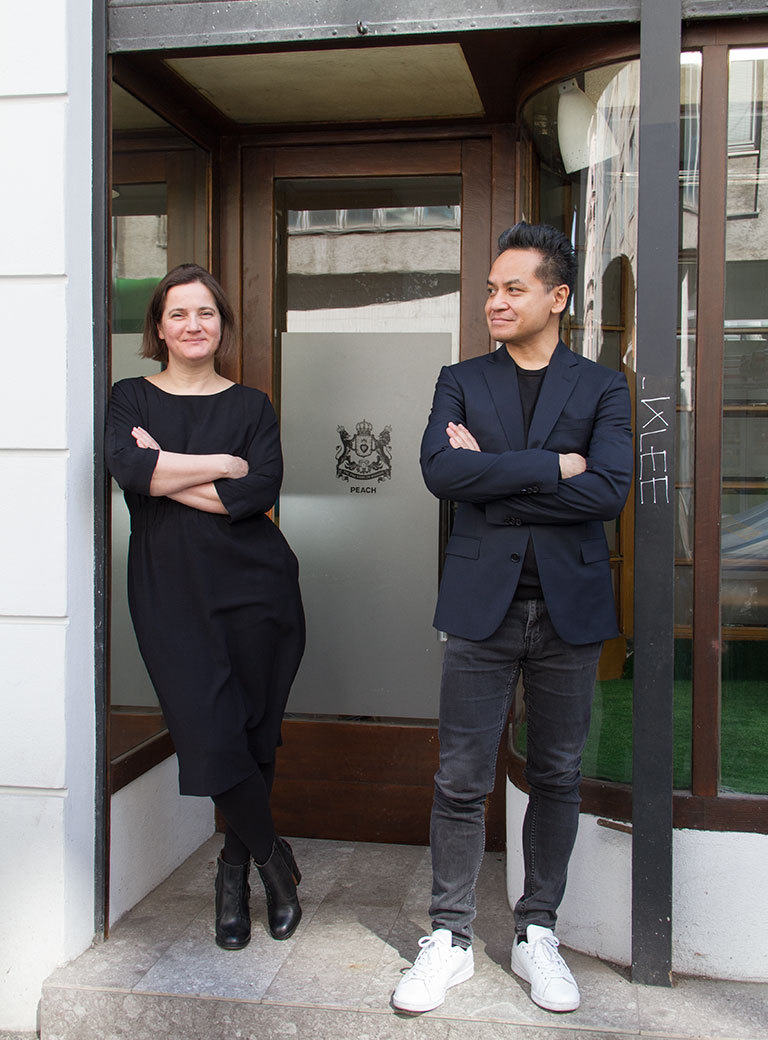
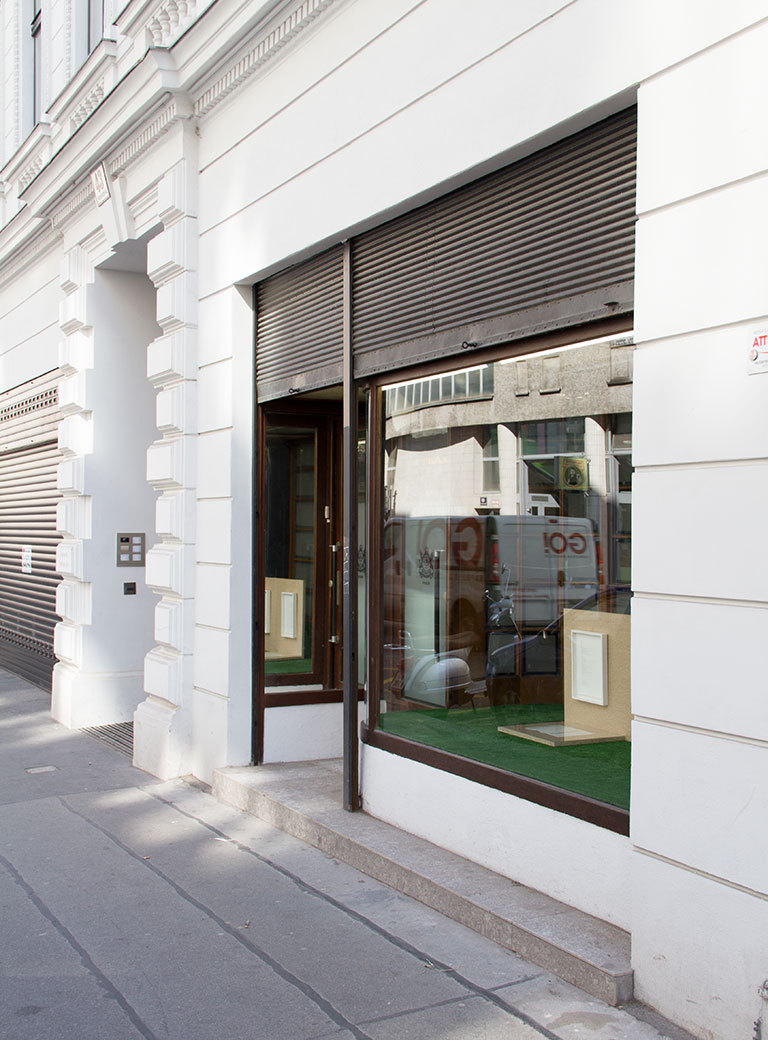
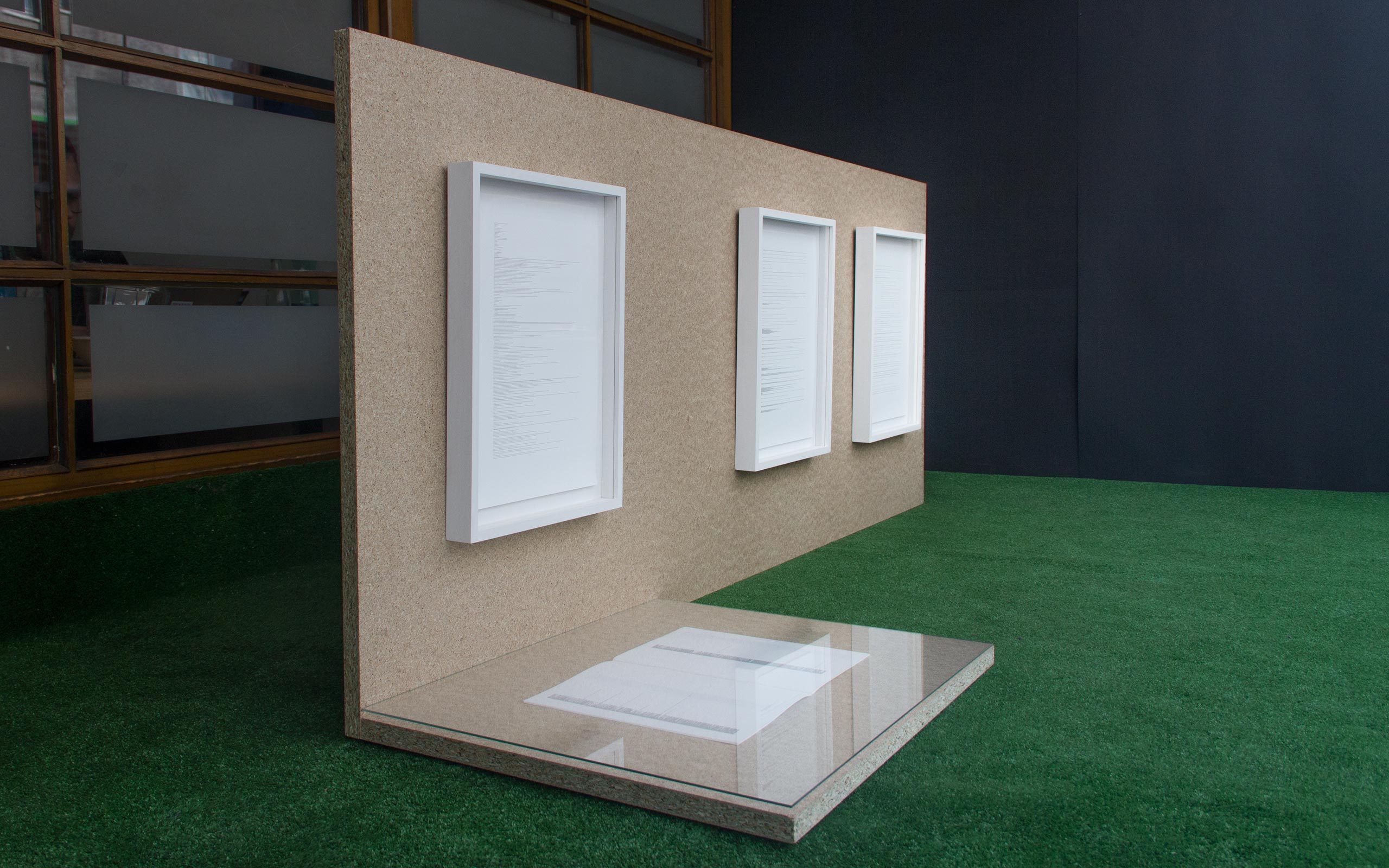
Ulrich Nausner, (top) Untitled (terms of use) #4,#1,#2 (2012) / (bottom) Ed. 3+1AP OCR (deconstruction), (2013), Artist book in collaboration with Traumawien, 28 pages, Ed. 30
PEACH is situated directly on Gumpendorferstraße, now one of the hippest areas in Vienna. What is your experience of the development of the district since you established yourselves there seventeen years ago?
Y: When we founded PEACH we noticed little of the so-called “boho” life here, but after a few years, some new store would open every couple of months or so, mostly by young entrepreneurs. Today the sixth district is as you say, hip, but it’s not too gentrified.
B: Everything mixes very well here, and this has been the case for quite some time. Also the sixth district has long had an interesting visual history and creativity has always had a home here: To give just one example, the coincidence of Otto Wagner’s famous Wienzeile houses and his former metropolitan railway and the street art of the Dominican artist Evoca1. Creativity was always at home here.
In recent years, Vienna has definitely become younger and more lively. Has Vienna also the potential to become an art metropolis?
Y: Vienna is actually a really good place for young artists and young art. The gallery scene, too, is getting younger at the moment. Galleries like Nathalie Halgand improve the scene. The generation of the age group 30 to 35 enriches the Viennese art scene quite a bit.
B: It is interesting to see that many artists from Germany are moving to Vienna right now. It is therefore not surprising that renowned galleries such as Crone from Berlin have established themselves here.
Y: I think Vienna is currently leaving the Mozartkugel behind, abandoning its kitschi “k. and k.” image and to discover a new side as a place for contemporary art.
Where should one go in Vienna to experience good art?
B: Besides Galerie Hubert Winter it is worthwhile to visit Nathalie Halgand. I am curious about the program of Zeller van Almsick, which has just opened. Another excellent gallery in Vienna is Emanuel Layr. And certainly the area around Schleifmühlgasse and Eschenbachstraße with many galleries that are always worth a visit.
What makes Vienna so attractive for the art scene?
B: In all the new developing dynamic Vienna preserves a leisurely life rhythm that pleasantly contrasts Berlin’s overheated atmosphere. That benefits the cultural scene. Vienna is very relaxed, and I think that is the reason why people love to come here.
What could further enhance this positive development?
B: Everyone calls constantly for more promotion. Public funding is increasingly earmarked for larger institutions, which occasionally is harmful to the off-scene. Furthermore, Vienna is partly quite bureaucratic. Less bureaucracy could free a lot of potential and remove barriers. It would make the access to art less elitist. Tax advantages could promote the acquisition of art and lift a culture of collecting in Austria definitely to a new level.
Y: One could for instance think more intensely about how to utilize unused areas of the city more effectively for off-spaces and art showrooms. In this context the Parallel is a great thing, for years it has utilized abandoned, empty areas such as the Alte Post in the Dominikanerbastei in the inner city.
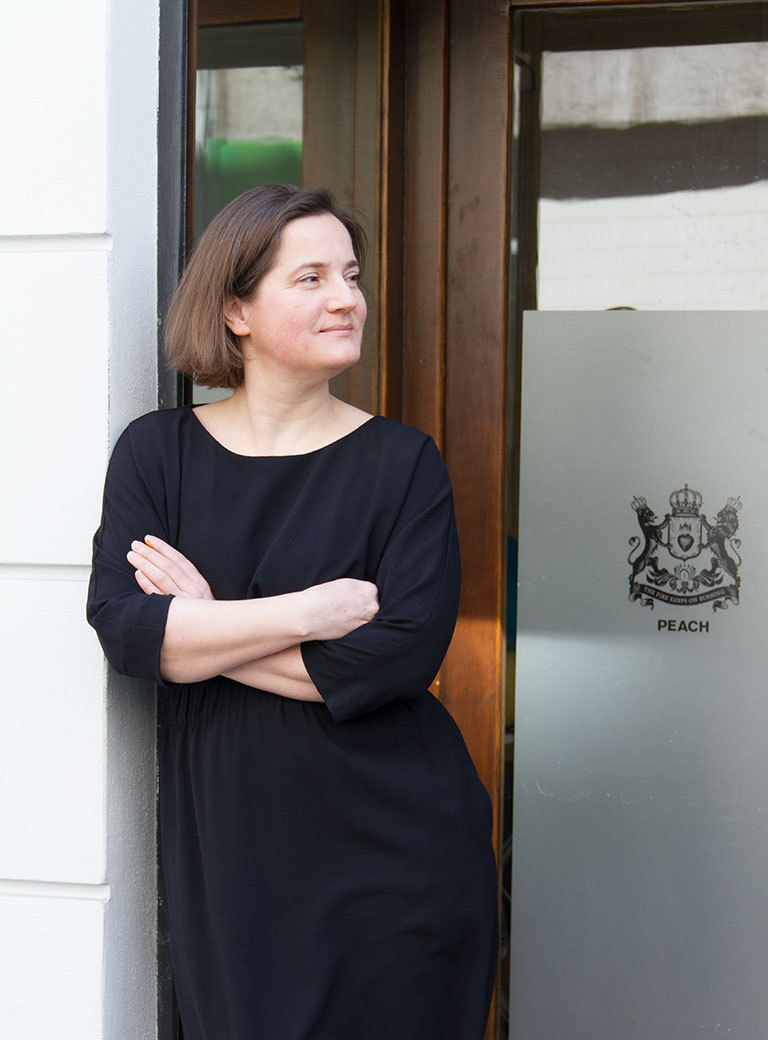
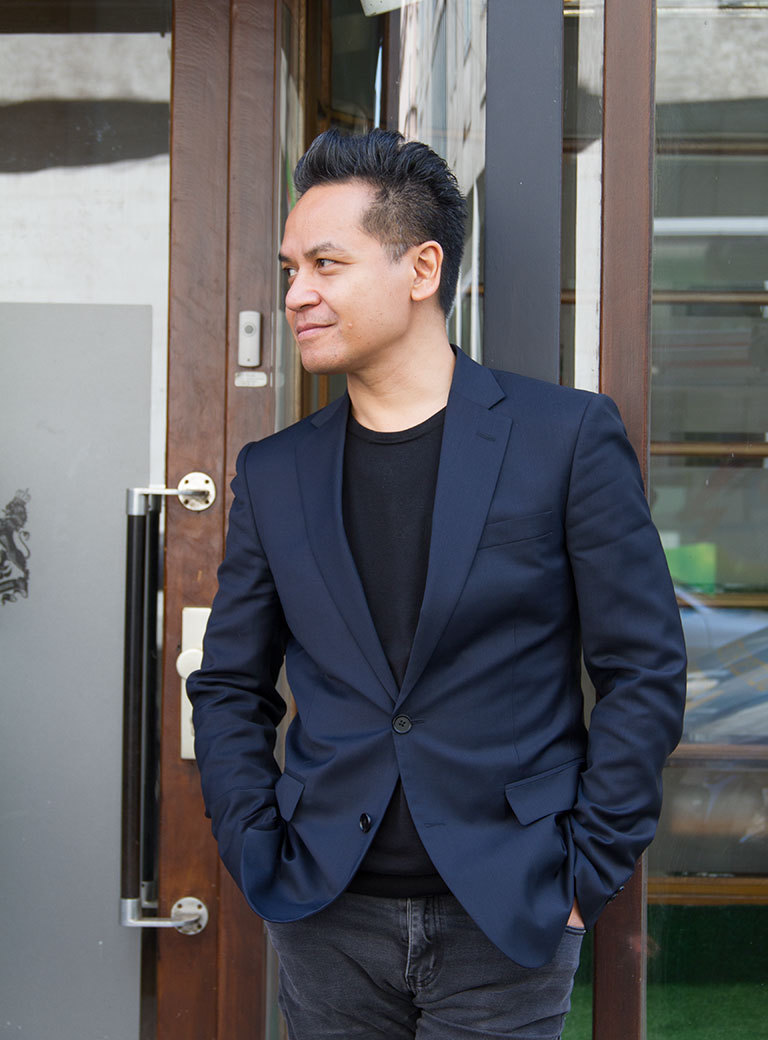
Are there projects in the works about which you can speak?
B: At the moment we are dealing with three large projects. For one of them we are working closely with a production firm in Los Angeles.
Y: Currently, many projects happen in the digital realm. We are presently preparing the web-relaunch for the Albertina here in Vienna with a particularly motivated team also in regard to the client. Simultaneously, we are cooperating with Natascha Burger on the new corporate identity and a digital appearance for the “Estate Birgit Jürgenssen” which will be completed in July of this year.
Is there something that you are particularly proud of?
B: Recently, Special Cases appeared with Hatje Cantz, a book that we produced with and for Nives Widauer and the Vienna Philharmonic – a very beautiful project in which the instrument cases of the Vienna Philharmonic were documented during travel. This project has accompanied us for three years.
With which art or cultural institution would you like to work with?
Y: It would be a dream to newly create the web site of the Gagosian Gallery. (laughs) We are certainly interested in cooperating with certain institutions such as gallery Kurimanzutto in Mexico City to name just one. I personally like contemporary Brazilian art, such as the work of Cildo Mereiles or Ana Mazzei, because it is at times raw but always conceptual and strong. I would like to work in a location where such art is happening. That would be a great challenge.
B: But we tend not to nurture specific wishes. As with collecting art: you find some commissions, some find you. It is not for nothing that we have a portrait of the small, but great Napoleon hanging in our agency. In accordance with the statement attributed to the great general – “So many countries, so little time!” – we work every day on ourselves and look forward to still many new challenges.
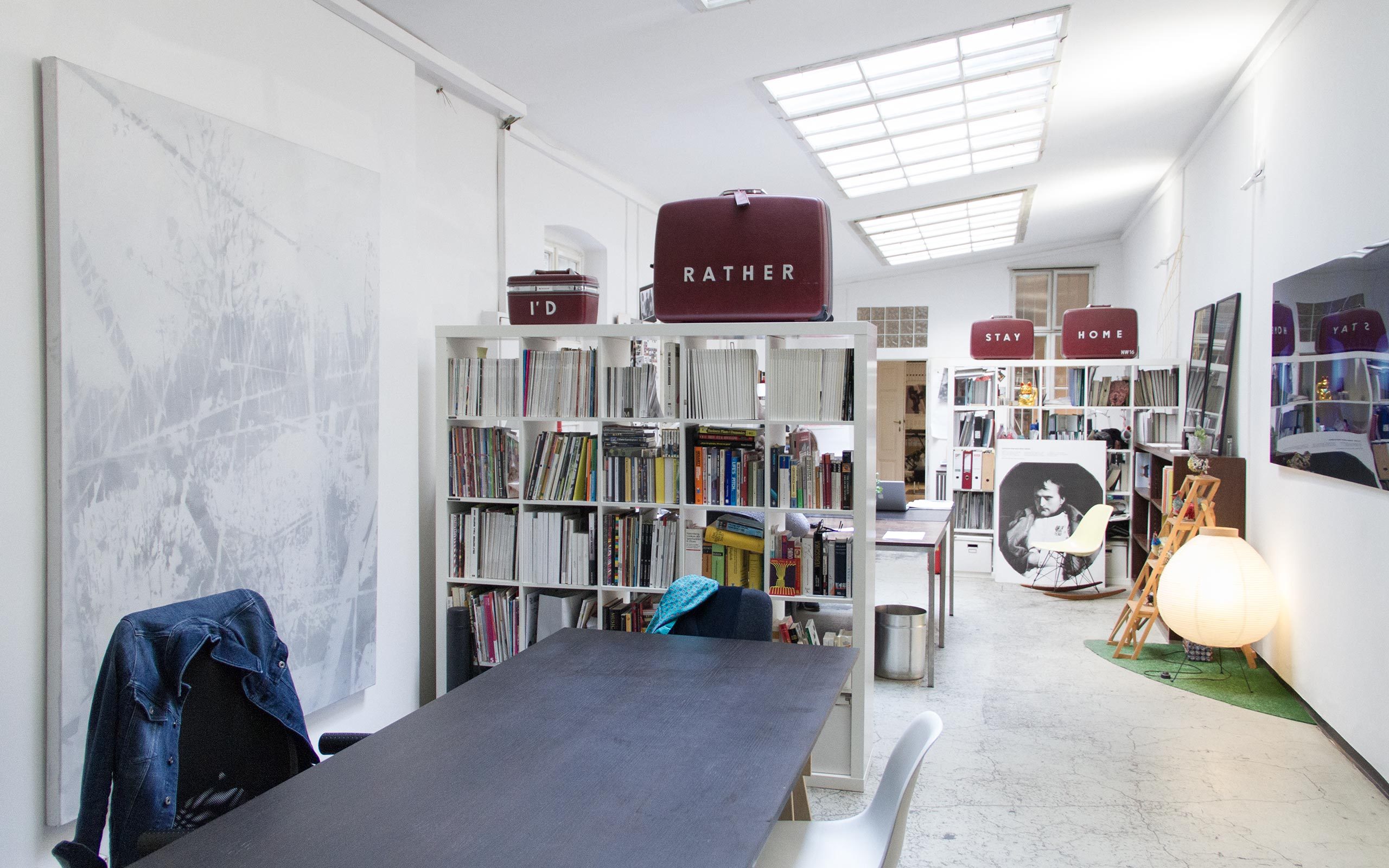
(left front) Clemens Wolf, Untitled Viennese Fence (2013) / (Suitcases) Nives Widauer, I’D RATHER STAY HOME II (2015) / (right) Peter Hristov, Untitled (1999) / Franz Vana, Untitled (2014)
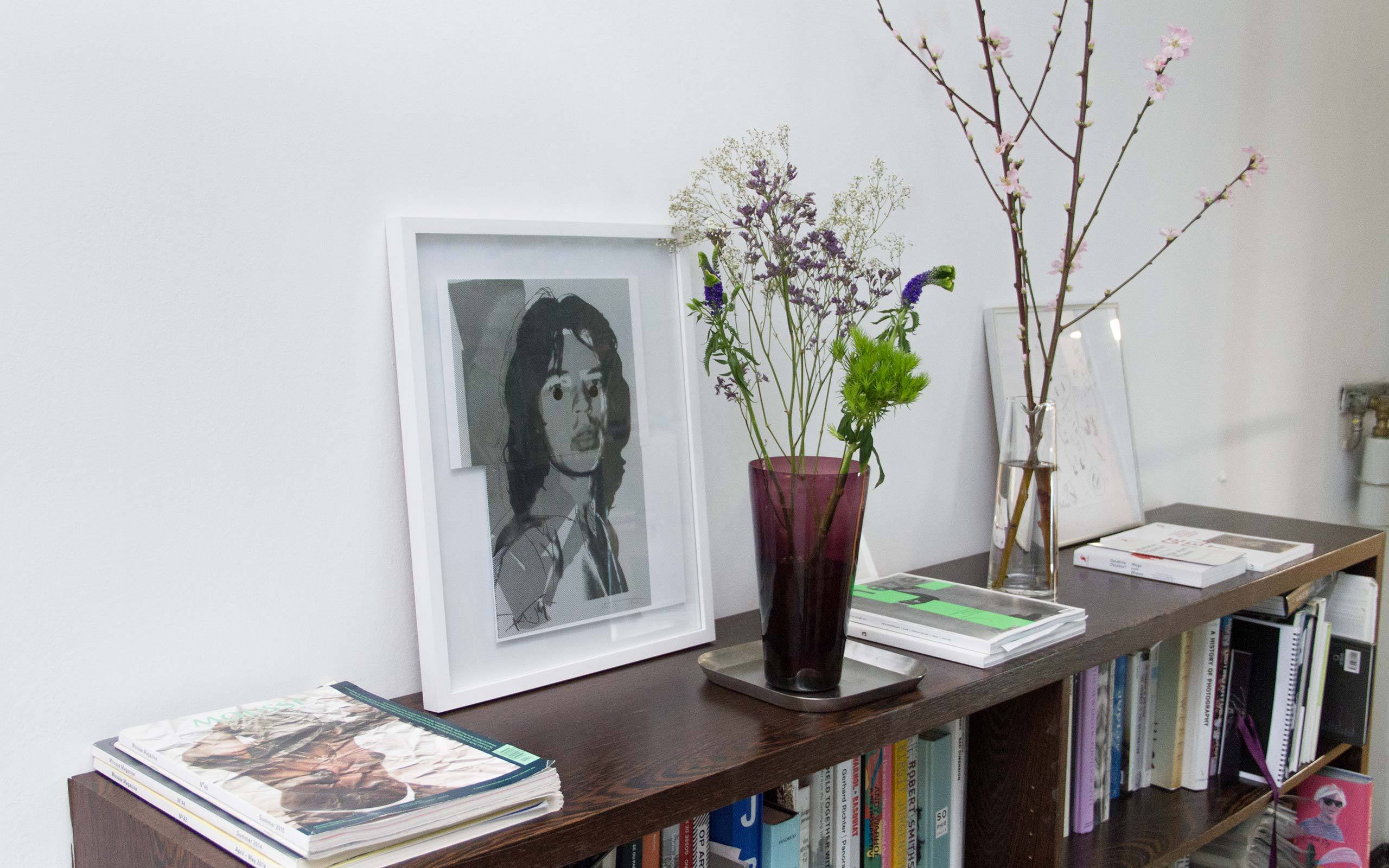
(left) Thomas Rhube, Untitled (2016) / (right) André Butzer, Untitled (1999)
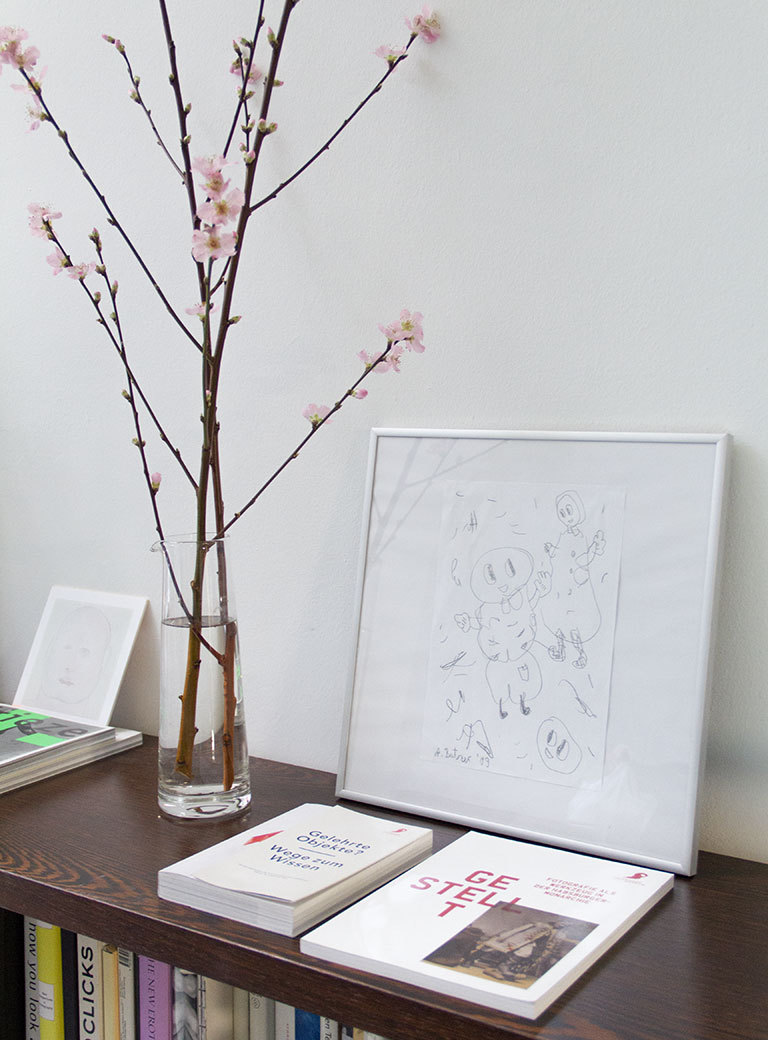
(Drawing) André Butzer, Untitled (1999) / Books by PEACH: Volkskundemuseum Wien, Gelehrte Objekte, Wege zum Wissen (2013) / Gestellt, Fotografie als Werkzeug in der Habsburger Monarchie (2014)
Interview: Alexandra-Maria Toth
Photos: Florian Langhammer
Links:


